Click on the picture for a short bio.
Editor-in-Chief
|
|
Christopher R. Cederroth Department of Physiology and Pharmacology, Karolinska Institutet, Sweden. |
|
Editorial Assistant
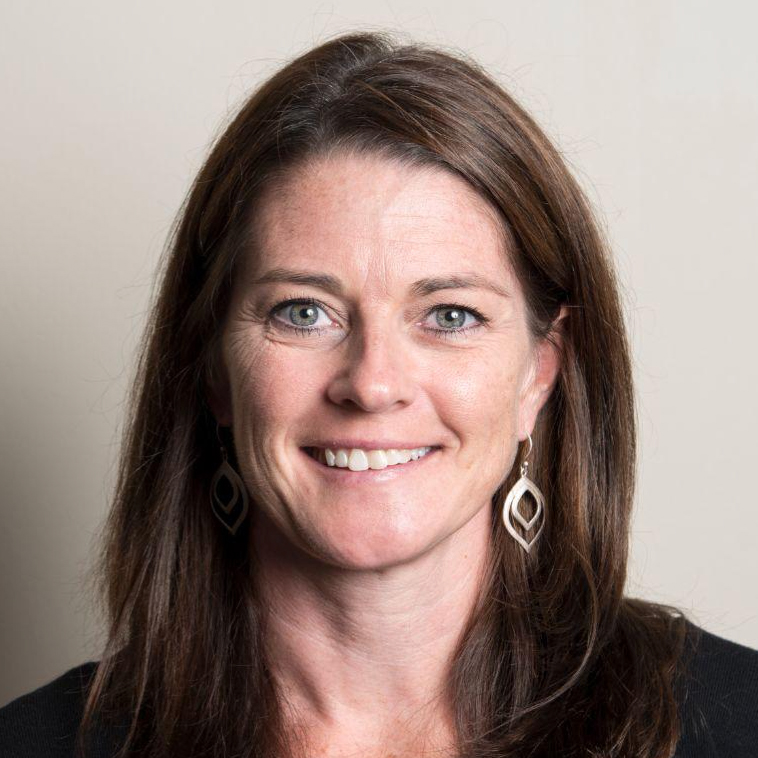 |
Lori Kunath, B.S. |
Associate Editors
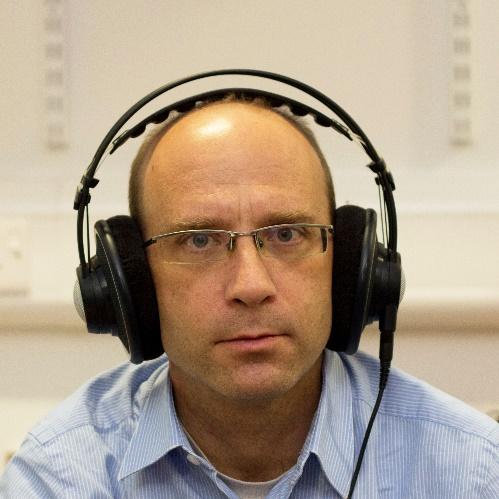 |
Michael Akeroyd Hearing Sciences, School of Medicine, University of Nottingham, UK |
|
|
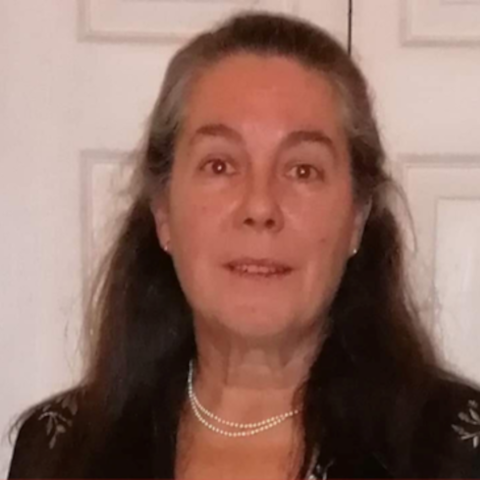 |
Victoria M Bajo Department of Physiology, Anatomy and Genetics, University of Oxford, UK |
|
|
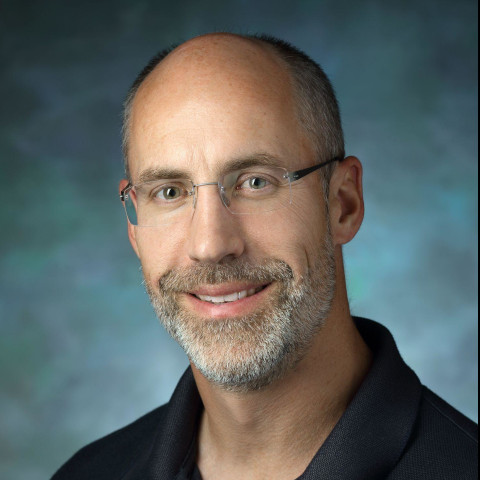 |
Dwight E. Bergles Solomon H. Snyder Department of Neuroscience, Johns Hopkins University School of Medicine, USA |
|
|
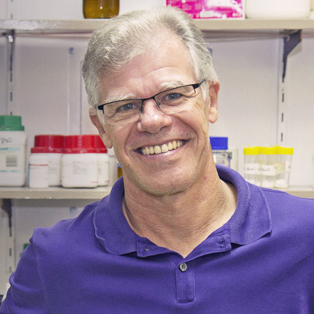 |
Alan Brichta School of Biomedical Sciences and Pharmacy, The University of Newcastle, Callaghan, NSW, Australia |
|
|
 |
R. Michael Burger Department of Biological Sciences, Lehigh University Bethlehem, PA, USA |
|
|
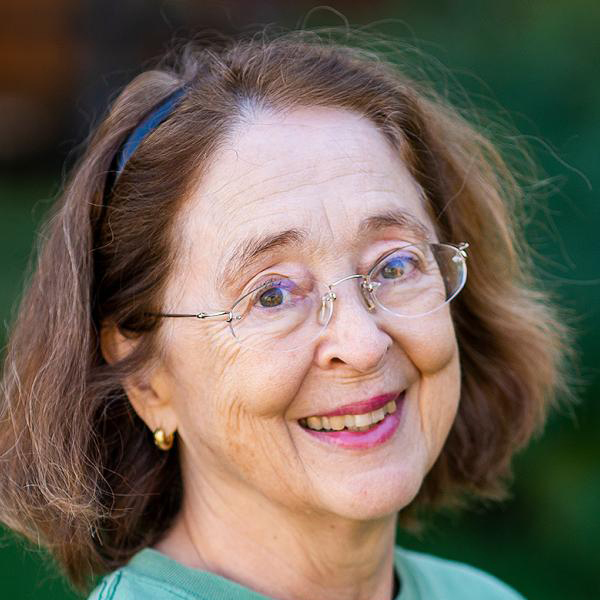 |
Catherine Carr Department of Biology, University of Maryland, USA |
|
|
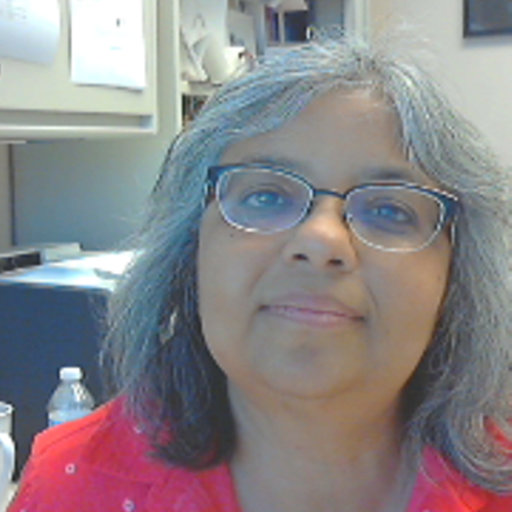 |
Monita Chatterjee Auditory Prostheses and Perception Laboratory, Boys Town National Research Hospital, Omaha, NE, USA |
||
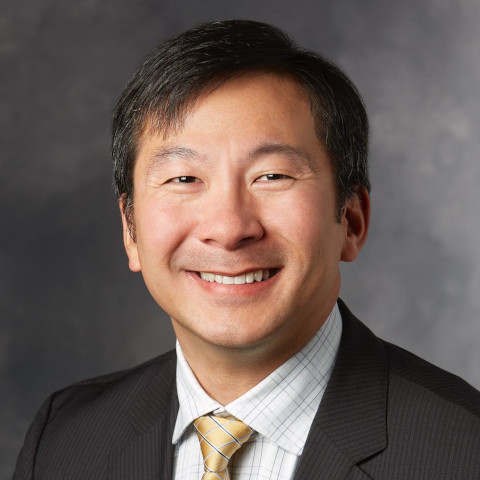 |
Alan Cheng Department of Otolaryngology - Head & Neck Surgery, Stanford University School of Medicine, USA |
|
|
 |
Benjamin T Crane Department of Otolaryngology, University of Rochester, USA |
|
|
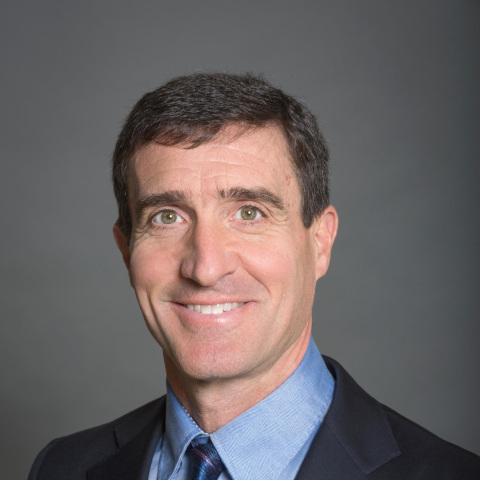 |
Gary Curhan Channing Division of Network Medicine, Department of Medicine, Brigham and Women's Hospital, Boston, MA, USA |
|
|
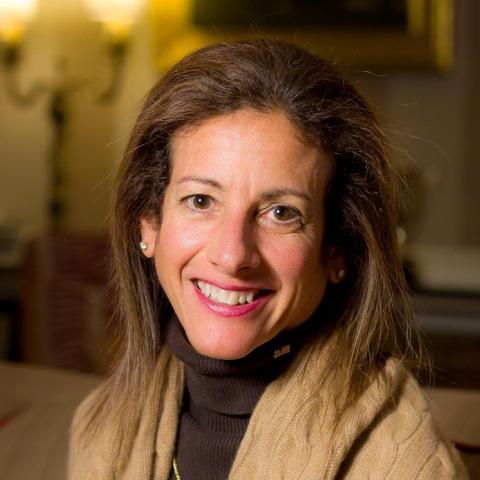 |
Sharon Curhan Channing Division of Network Medicine, Department of Medicine, Brigham and Women's Hospital, Boston, MA, USA |
|
|
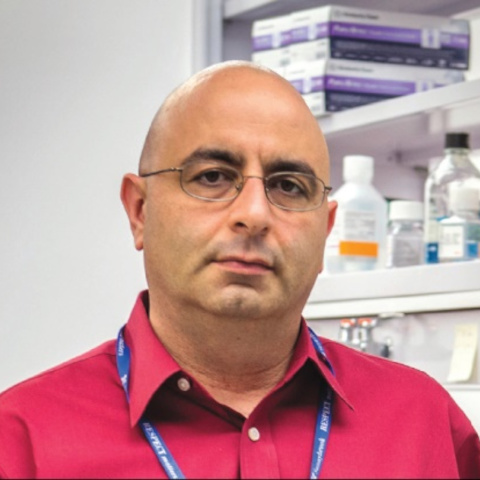 |
Alain Dabdoub Department of Otolaryngology, University of Toronto, Canada |
|
|
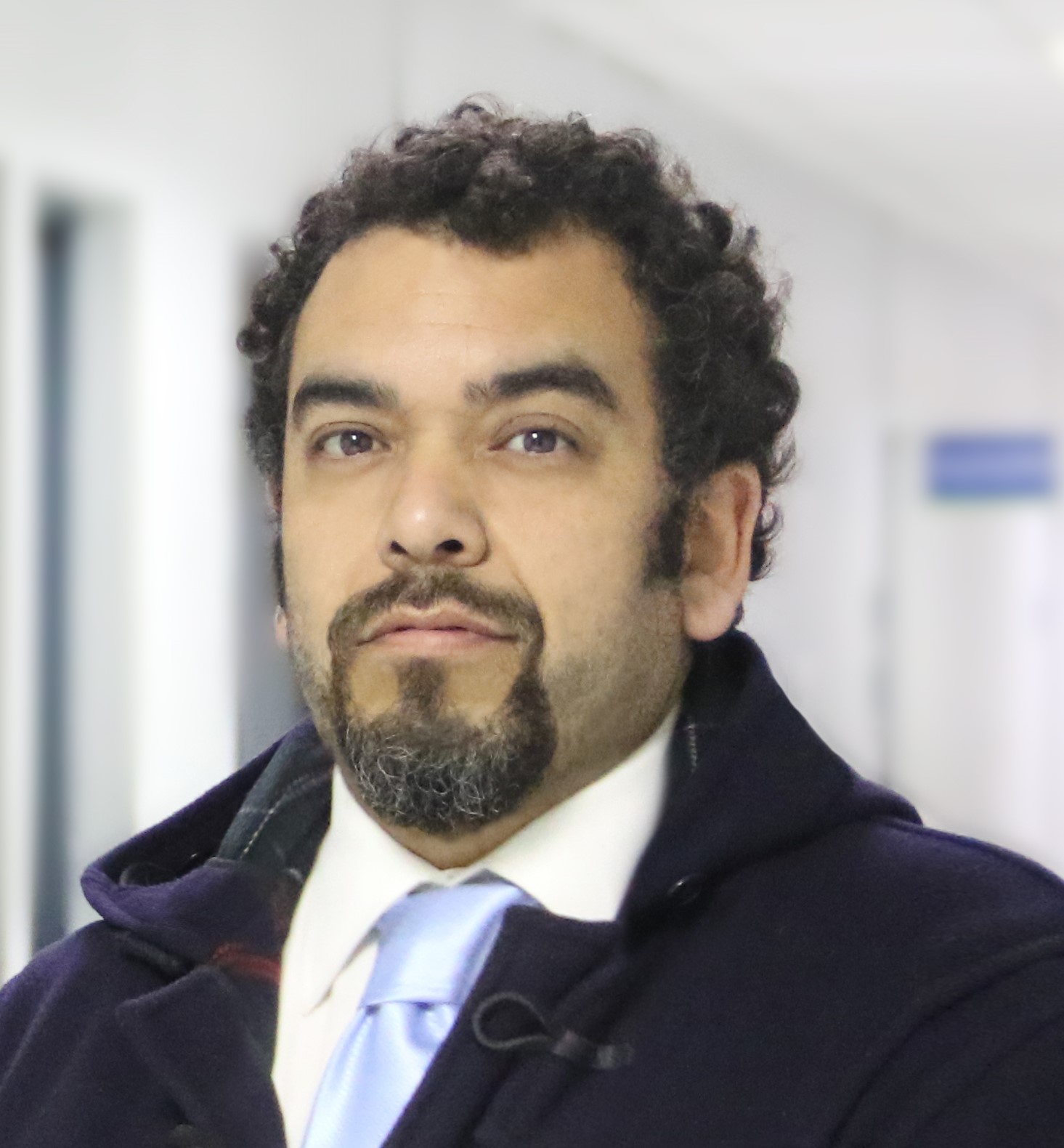 |
Paul Delano Departments of Otolaryngology and Neuroscience, Faculty of Medicine, University of Chile, Santiago, Chile |
|
|
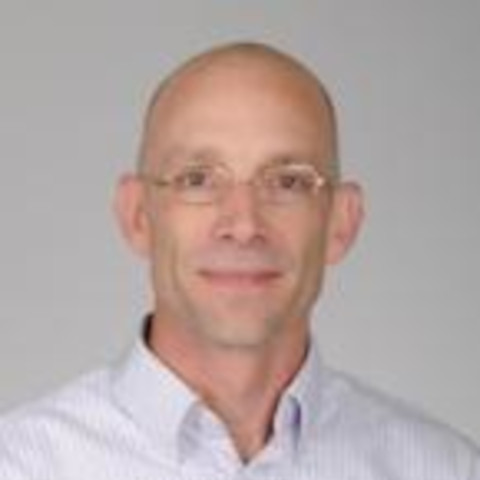 |
Mark Eckert Hearing Research Program, Department of Otolaryngology-Head and Neck Surgery, Medical University of South Carolina, USA |
|
|
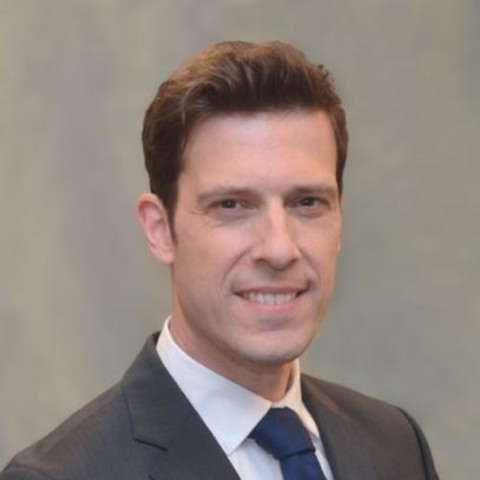 |
Andreas H. Eckhard Otopathology Laboratory, Department of Otolaryngology, Harvard Medical School, USA. |
|
|
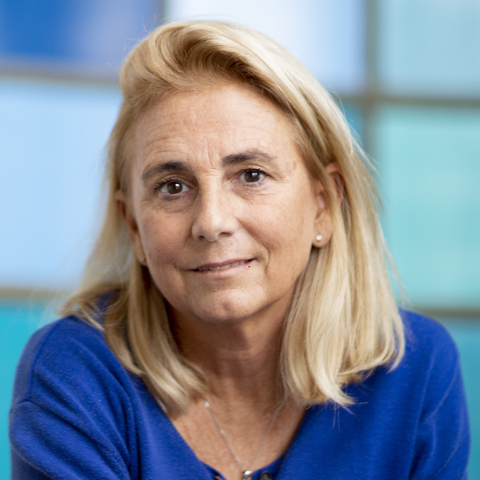 |
Ana Belén Elgoyhen Instituto de Investigaciones en Ingeniería Genética y Biología Molecular, Consejo Nacional de Investigaciones Científicas y Técnicas (CONICET ), Argentina |
|
|
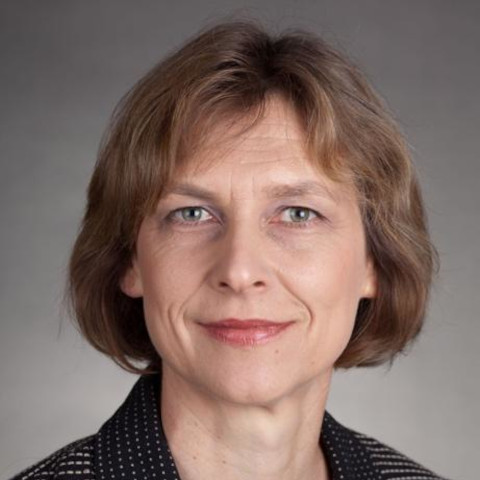 |
Jutta Engel Center for Integrative Physiology and Molecular Medicine (CIPMM), School of Medicine at Saarland University, Germany |
|
|
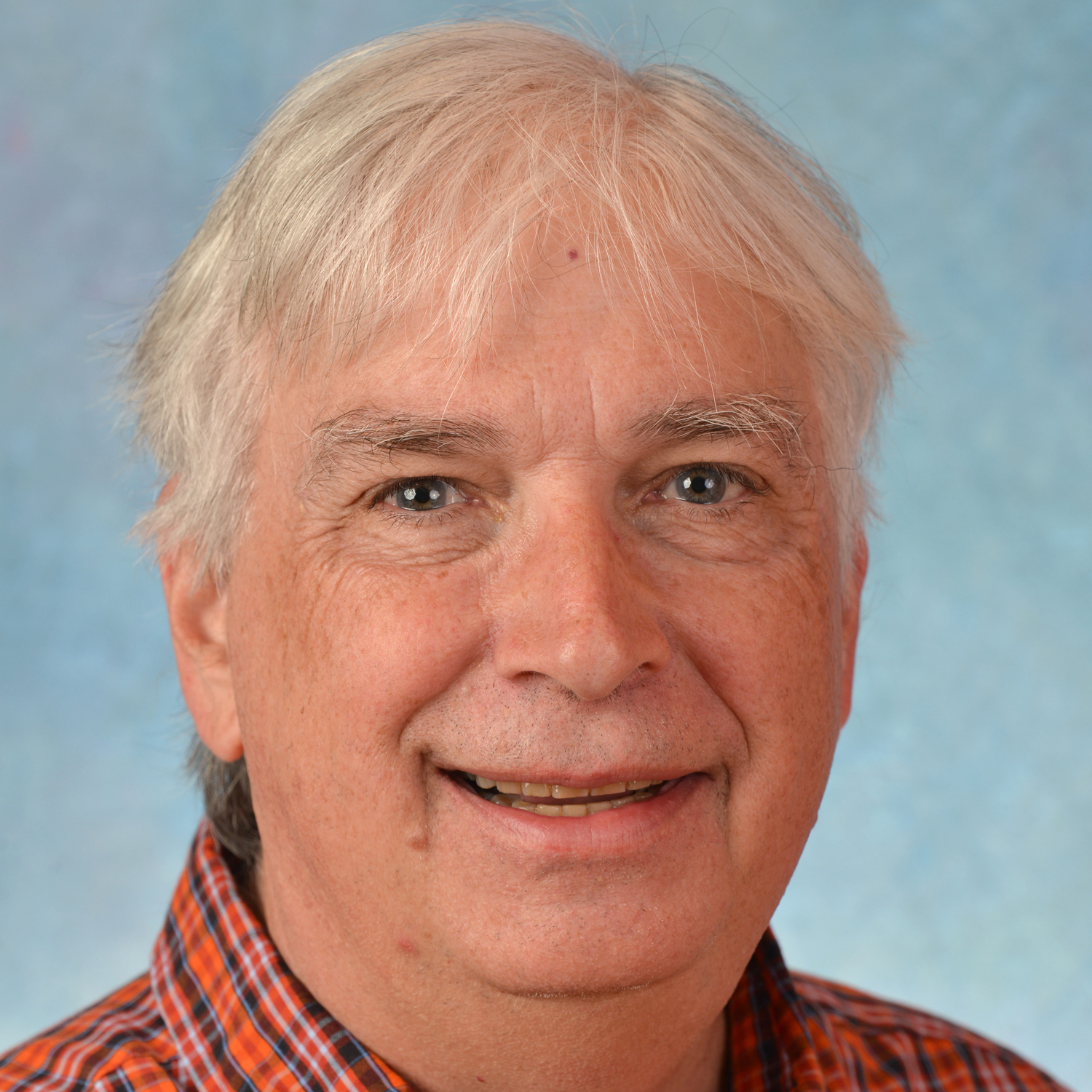 |
Douglas Fitzpatrick Department of Otolaryngology - Head & Neck Surgery, The University of North Carolina at Chapel Hill, Chapel Hill, NC, USA |
|
|
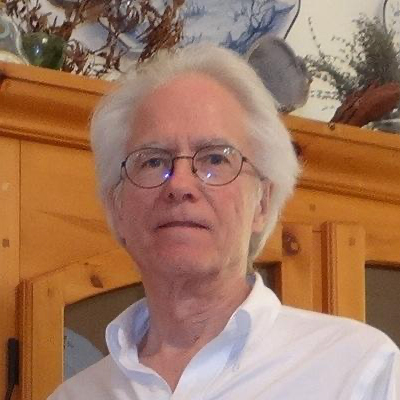 |
W. Robert J. Funnell Departments of BioMedical Engineering and Otolaryngology - Head & Neck Surgery, McGill University, Canada |
|
|
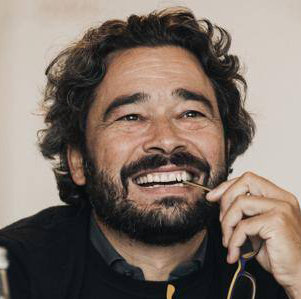 |
Silvano Gallus Department of Environmental Health Sciences, Istituto di Ricerche Farmacologiche Mario Negri IRCCS, Italy |
|
|
 |
Jaime Garcia-Anoveros Department of Anesthesiology, Northwestern University, IL, USA |
|
|
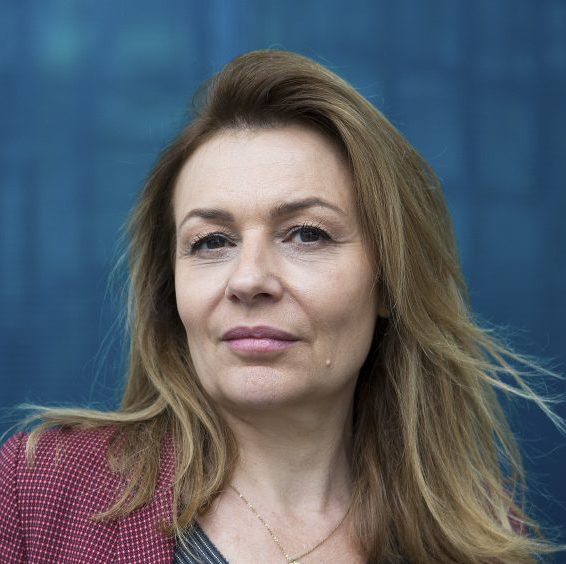 |
Anne-Lise Giraud Department of Basic Neurosciences, University of Geneva, Switzerland |
|
|
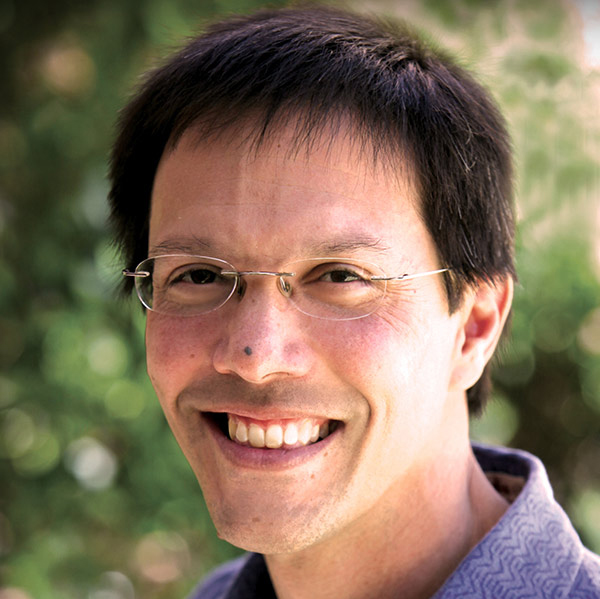 |
Nace Golding Department of Neuroscience and Center for Learning and Memory, The University of Texas at Austin, Austin, TX, USA |
|
|
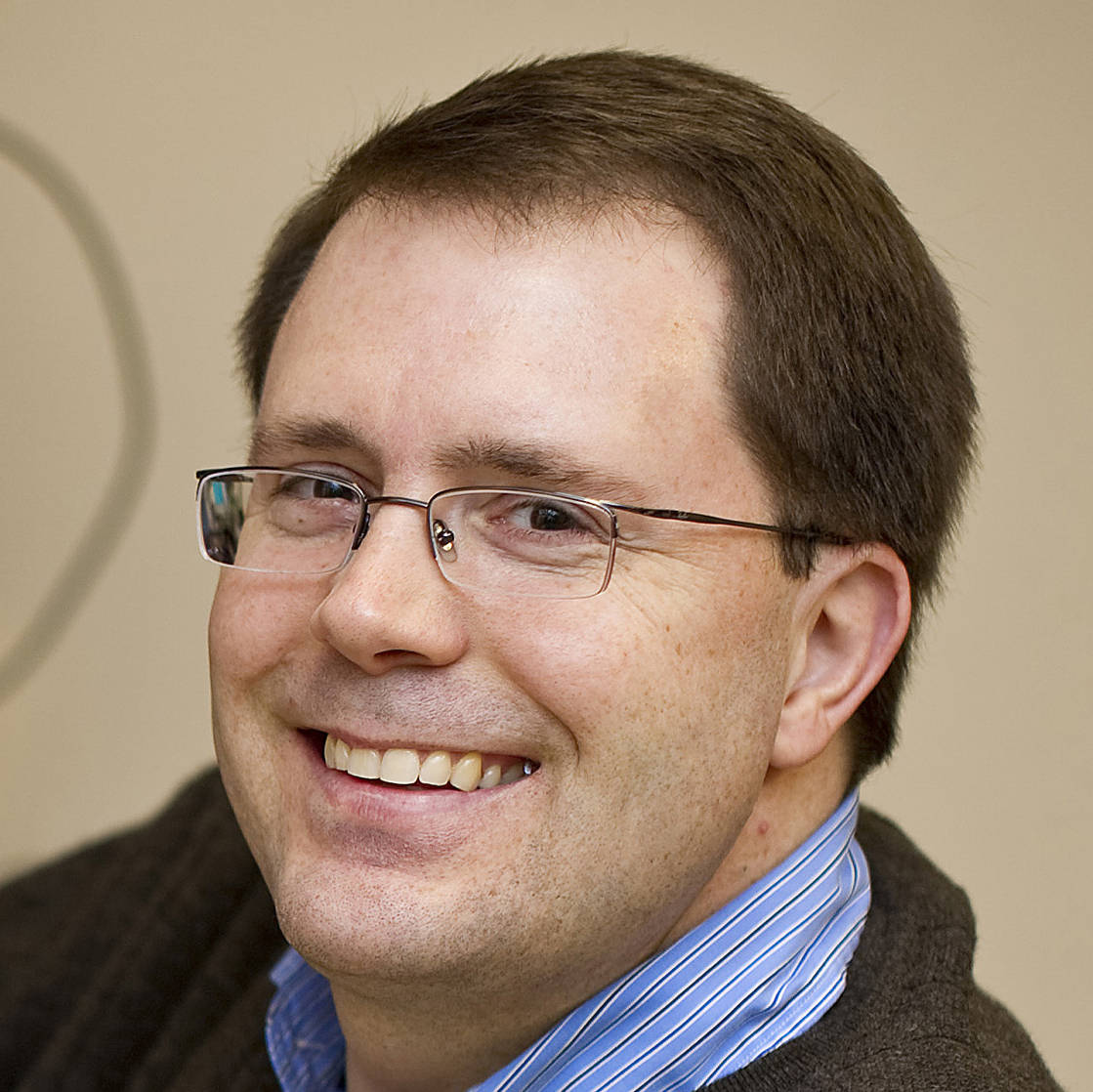 |
Michael Heinz Department of Speech, Language and Hearing Sciences, and Weldon School of Biomedical Engineering, Purdue University, West Lafayette, Indiana, USA |
|
|
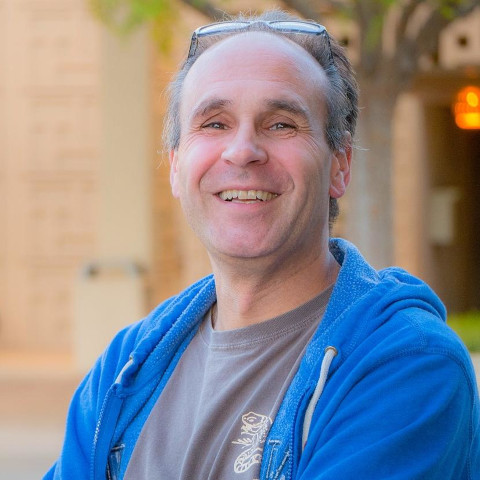 |
Stefan Heller Department of Otolaryngology - Head & Neck Surgery, Stanford University School of Medicine, USA |
|
|
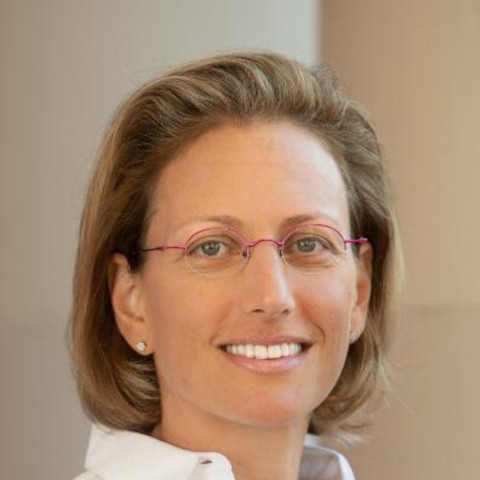 |
Ronna Hertzano Department of Otorhinolaryngology Head and Neck Surgery, University of Maryland, USA |
|
|
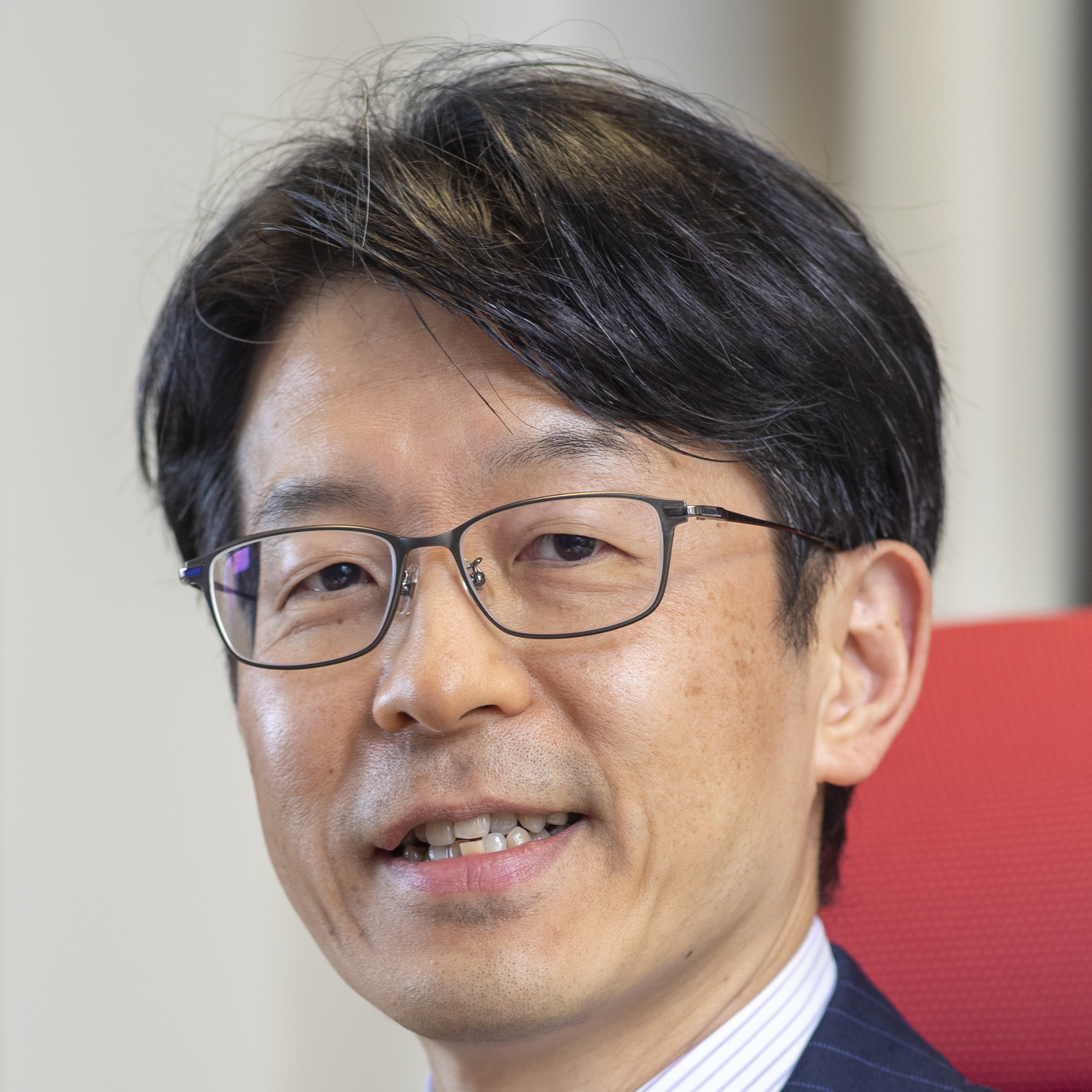 |
Hiroshi Hibino Division of Global Pharmacology, Department of Pharmacology, Osaka University, Japan |
|
|
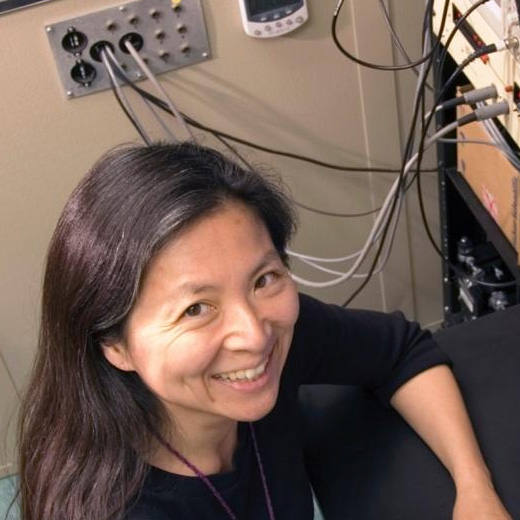 |
Keiko Hirose Department of Otolaryngology, Washington University School of Medicine, St. Louis, MO, USA |
|
|
 |
Fatima Husain Department of Speech and Hearing Science, University of Illinois Urbana-Champaign, Champaign, Illinois, USA |
|
|
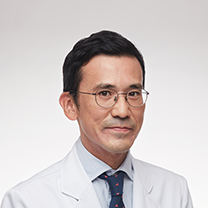 |
Sung Huhn Kim Yonsei University College of Medicine, South Korea |
|
|
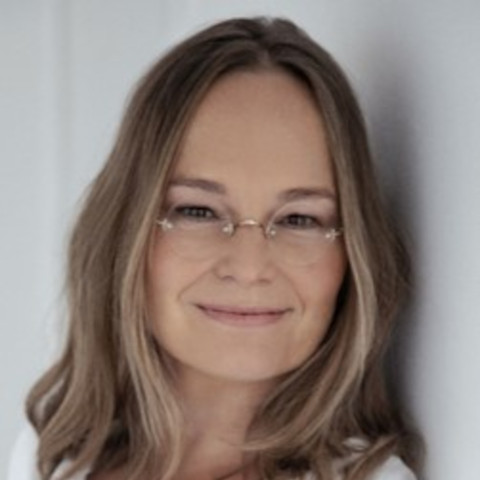 |
Conny Kopp-Scheinpflug Division of Neurobiology, Faculty of Biology, Ludwig-Maximilians University of Munich, Germany |
|
|
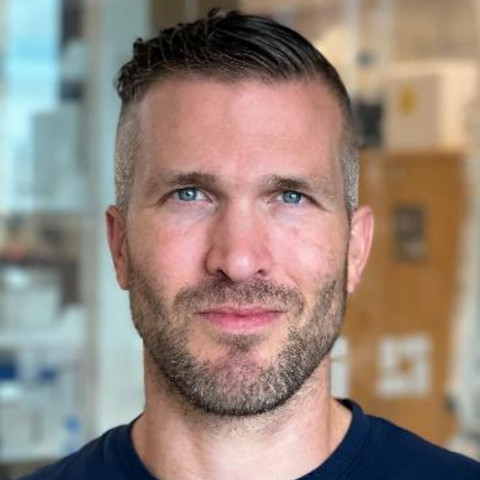 |
Francois Lallemend Department of Neuroscience, Karolinska Institute, Sweden |
|
|
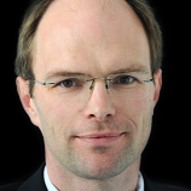 |
Berthold Langguth Department of Psychiatry and Psychotherapy, University of Regensburg, Germany. |
|
|
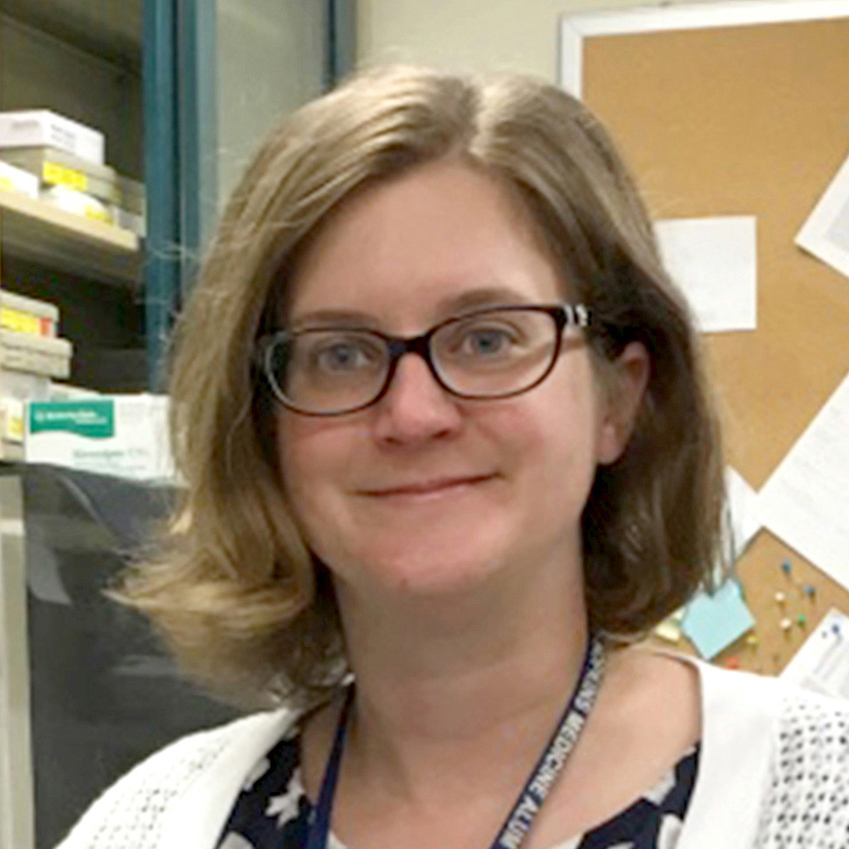 |
Amanda Lauer Department of Otolaryngology-Head and Neck Surgery and Center for Hearing and Balance, Johns Hopkins University, Baltimore, MD, USA |
|
|
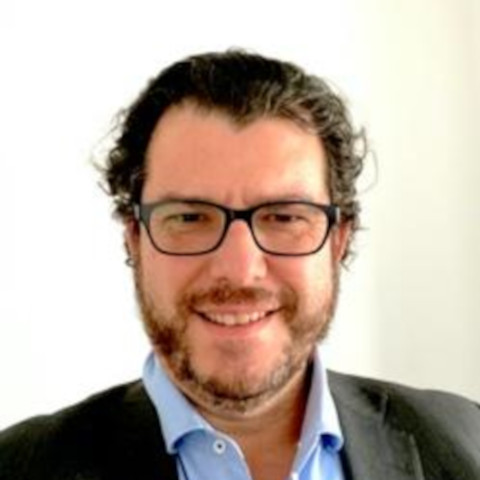 |
Jose A. Lopez-Escamez Department of Genomic Medicine, Centre for Genomics and Oncological Research (GENYO), Pfizer-University of Granada-Junta de Andalucía, PTS, Granada, Spain |
|
|
 |
Enrique A. Lopez-Poveda Laboratorio de Audición Computacional y Psicoacústica, Instituto de Neurociencias de Castilla y León, University of Salamanca, Spain |
|
|
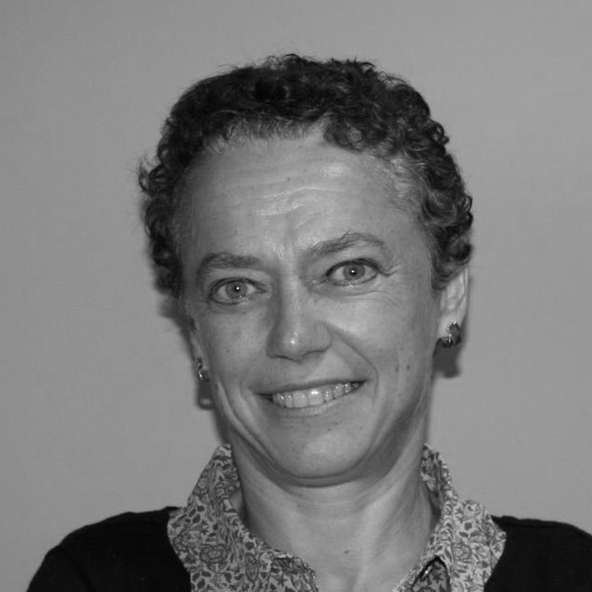 |
Brigitte Malgrange GIGA-Stem Cells, Developmental Neurobiology Unit, University of Liege, Liege, Belgium |
|
|
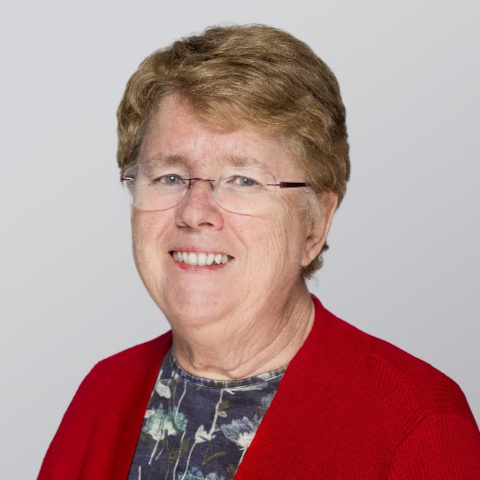 |
Colette McKay The Bionics Institute of Australia, Melbourne, VIC, Australia |
|
|
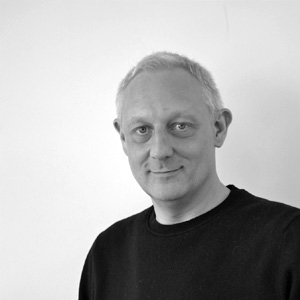 |
Martin Meyer Department of Psychology, University of Zürich, Switzerland |
|
|
 |
John C. Middlebrooks Department of Otolaryngology, University of California at Irvine, USA |
|
|
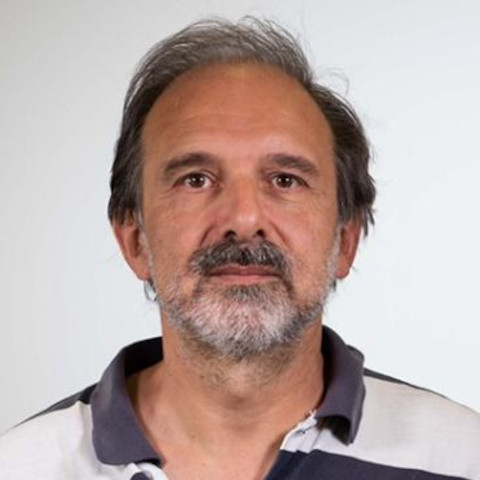 |
Arturo Moleti Physics Department, University of Roma Tor Vergata, Italy |
|
|
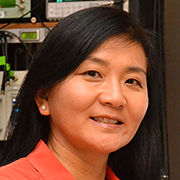 |
Heidi Nakajima Department of Otolaryngology-Head and Neck Surgery, Harvard Medical School, MA, USA |
|
|
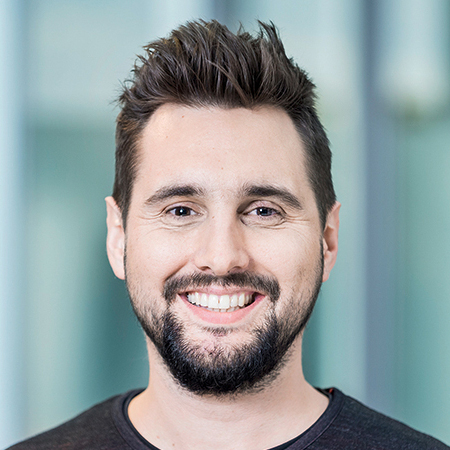 |
Patrick K.A. Neff Institute of Bioengineering, EPFL, Lausanne, Switzerland |
|
|
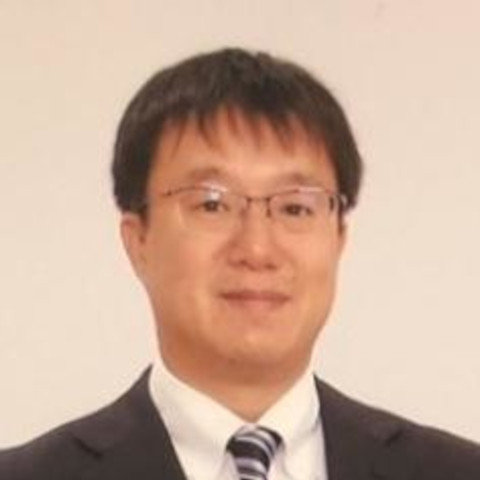 |
Fumiaki Nin Department of Molecular Physiology , Gifu University Graduate School of Medicine, Japan |
|
|
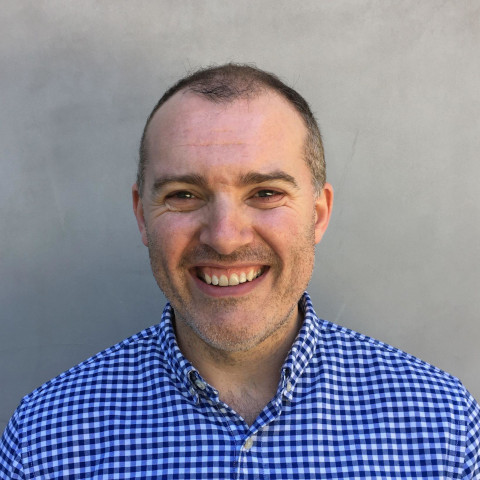 |
Dáibhid Ó Maoiléidigh Department of Otolaryngology-Head and Neck Surgery, Stanford University School of Medicine, USA |
|
|
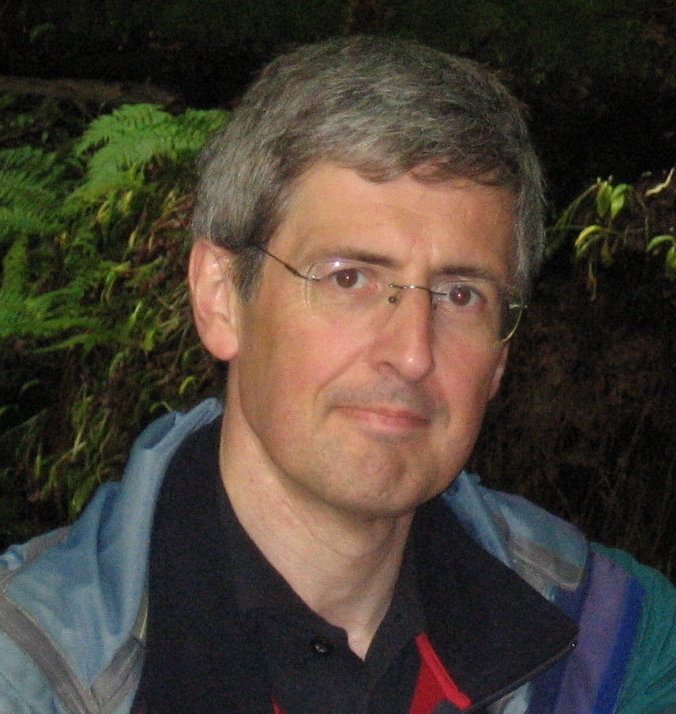 |
Adrian Rees Biosciences Institute, Newcastle University, Newcastle upon Tyne, UK |
|
|
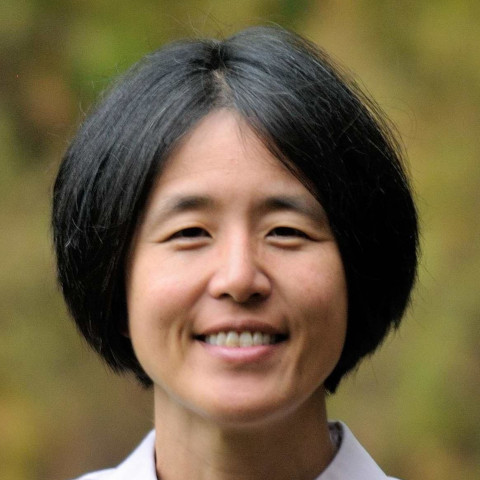 |
Lina A.J. Reiss Department of Otolaryngology, Oregon Hearing Research Center, USA |
|
|
 |
Marta Roccio Department of Otorhinolaryngology, Head and Neck Surgery, University Hospital Zurich, Switzerland |
|
|
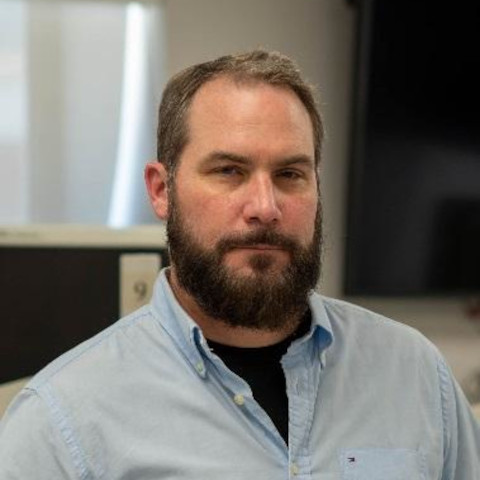 |
Mark A. Rutherford Department of Otolaryngology, Washington University in St. Louis, USA. |
|
|
 |
William Sedley Biosciences Institute, Faculty of Medical Sciences, Newcastle University, Newcastle upon Tyne, UK |
|
|
 |
Su-Hua Sha Department of Pathology and Laboratory Medicine, Medical University of South Carolina, USA |
|
|
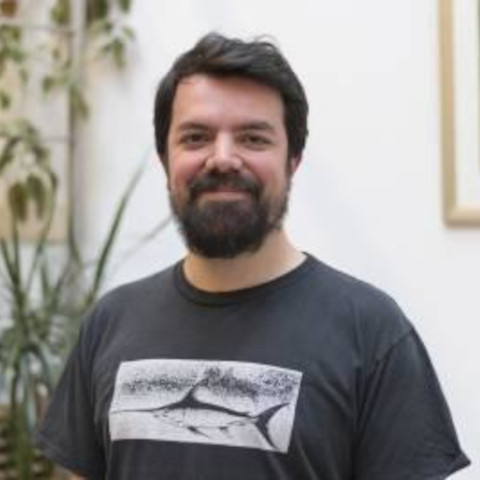 |
Joseph Sollini Hearing Sciences, Division of Clinical Neuroscience, University of Nottingham, UK |
|
|
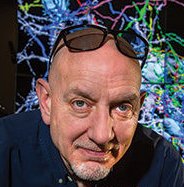 |
George Spirou Department of Otolaryngology, University of South Florida, USA |
|
|
 |
Karen P Steel Wolfson Centre for Age-Related Diseases, King’s College London, UK. |
|
|
 |
Christoff Stieger Department of Biomedical Engineering, University of Basel, Switzerland. |
|
|
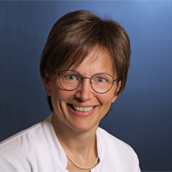 |
Nicola Strenzke Auditory Systems Physiology Group, Department of Otolaryngology and Institute for Auditory Neuroscience, University Medical Center, Göttingen, Germany |
|
|
 |
Marcel van der Heijden Department of Neuroscience, Erasmus MC, Rotterdam, The Netherlands |
|
|
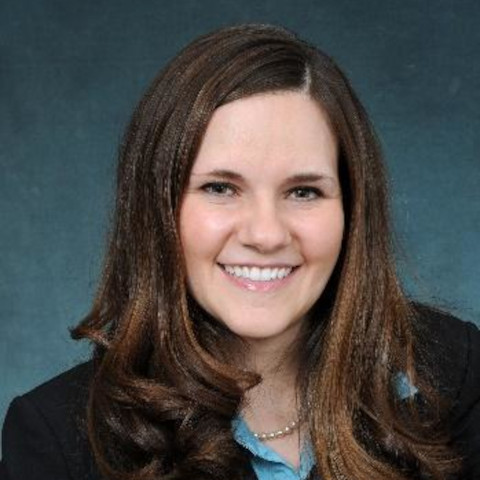 |
Barbara Vona Institute of Human Genetics, University Medical Center Göttingen, Germany |
|
|
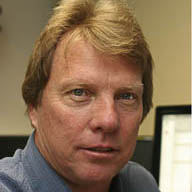 |
Joseph Walton Global Center for Hearing and Speech Research, University of South Florida, Tampa, FL, USA |
|
|
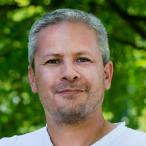 |
Nathan Weisz Centre for Cognitive Neuroscience and Department of Psychology, University of Salzburg, Austria |
|
|
 |
Robert H. Withnell Department of Speech, Language and Hearing Sciences, Indiana University, IN, Bloomington, USA |
|
Former Associate Editors
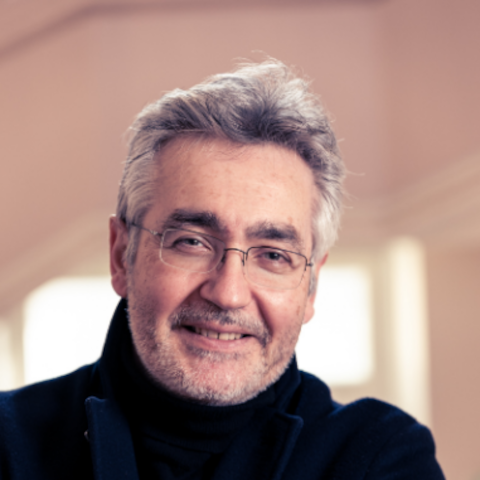 |
Christian Lorenzi Laboratoire des systèmes perceptifs (CNRS 8248), Département d'études cognitives, École normale supérieure de Paris, France |
||
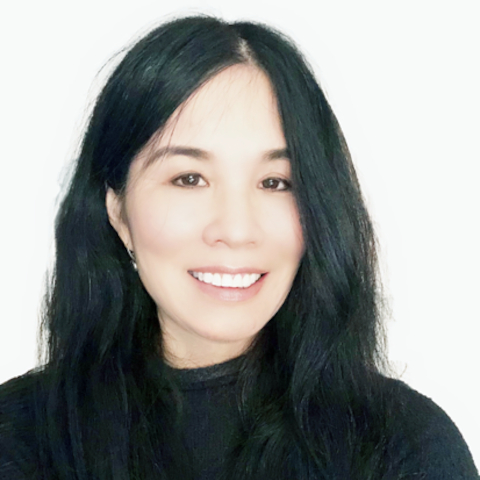 |
Xiaorui Shi Oregon Hearing Research Center, Department of Otolaryngology/Head & Neck Surgery, Oregon Hearing Research Center, USA. |
|















